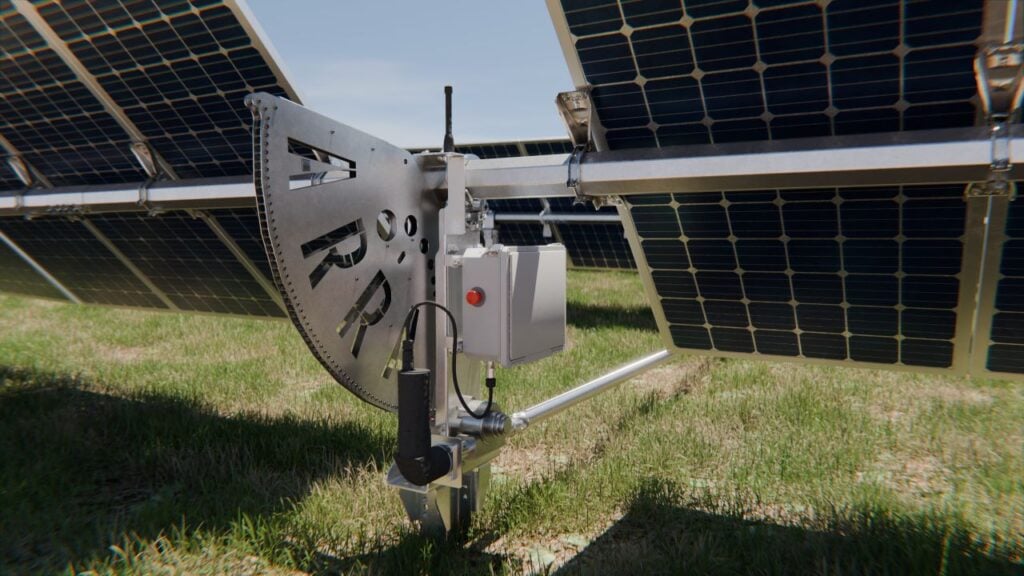
US solar tracker manufacturer Array Technologies has posted revenue of US$362.2 million in the second quarter of this year, the highest quarterly figure since revenue exceeded US$500 million in the second quarter of 2023.
This growth in revenue has driven a quarter-on-quarter improvement in gross margin – from 25.3% to 26.8% – and adjusted EBITDA – from US$40.6 million to US$63.6 million – with the latter figure again the highest reported in the last 24 months. In May, the company launched its latest product, the DuraTrack Hail XP tracker for hail- and wind-prone regions, and the combination of sustained revenue growth and new product offerings means the company’s leadership is broadly optimistic about its prospects moving forward.
Try Premium for just $1
- Full premium access for the first month at only $1
- Converts to an annual rate after 30 days unless cancelled
- Cancel anytime during the trial period
Premium Benefits
- Expert industry analysis and interviews
- Digital access to PV Tech Power journal
- Exclusive event discounts
Or get the full Premium subscription right away
Or continue reading this article for free
“Utility-scale solar is uniquely positioned to play a foundational role in meeting rapidly rising electricity demand because it is scalable, cost-effective and can be deployed quickly,” said CEO Kevin G Hostetler. “While there is still uncertainty around the final changes and implementation of the ‘One Big, Beautiful Bill’ (OBBB), the long-term signals are clear.”
Much of the US solar sector has responded with uncertainty, yet resilience, in the face of the OBBB and the resulting gutting of renewable energy tax credits by the Trump administration. The government’s stated ambition has been to reduce reliance on overseas imports of all manner of products, including those essential to the clean energy transition, and Array is one of many companies to have responded to this push with a greater focus on domestic manufacturing.
In March, the company announced that it was on track to deliver trackers that comply entirely with the new domestic content rules, and this week, both Array and fellow US tracker manufacturer OMCO Solar announced the delivery of trackers that comply with these regulations. Array’s strong financial performance, shown in the graph below, means that the company may be well-positioned to endure the uncertainty that has struck the US solar sector this year.
The company’s operating expenses have also stabilised at US$50.7 million, a figure in line with many of the expenses paid for the majority of the last two and a half years, after expenses briefly ballooned above US$200 million in both the third and fourth quarters of 2024.
While the company did not address this sudden spike in expenses at the time, its financial reporting shows that just under half of these expenses came from ‘goodwill impairment’, the loss in value of intangible assets, such as brand recognition, that can take place after an acquisition.
The company acquired Spanish tracker manufacturer Soluciones Técnicas Integrales Norland, S.L. in 2022, and in Array’s 2024 financial results, the company noted that of the US$524.7 million paid in expenses that year, goodwill impairment accounted for US$236 million.
Looking ahead, Array expects its full-year revenue to exceed US$1 billion by the end of 2025, and to be as high as US$1.2 billion. This would be a significant increase over the US$915.8 million posted in 2024, and more in line with the US$1.6 billion recorded in 2023.






